Fruits are one of the most delicious and healthy parts of our diet. But some fruits are more harmful to the environment than others, and we must honor our environment by eating responsibly and healthy foods.
Today’s post will look over fruits that adversely affect the environment.
Environment’s 10 Worst Fruits
1. Bananas
The environmental effect of bananas is more at the expense of exporting them to other places across the globe than in producing the fruit itself. Bananas usually travel an average of 3,000 miles to the United States from Central and South America, contributing to an outstanding amount of CO2 emissions.
Bananas are the most popular fruit in the United States, according to One Green Planet, and are one of the most extensively eaten foods in the world. An average American consumes around 100 bananas each year.
The world’s largest exporters of bananas include Ecuador, the Philippines, Costa Rica, Colombia, and Guatemala, which ship a lot of bananas to the United States and Europe.
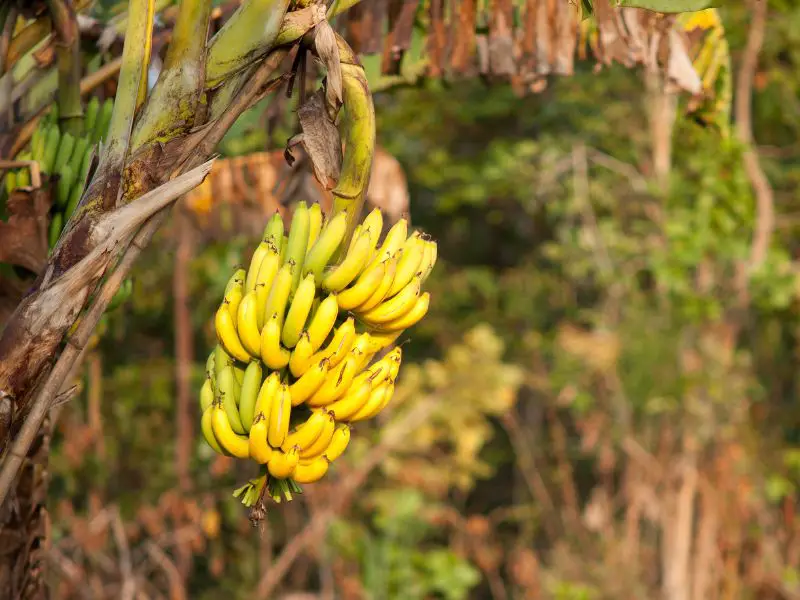
2. Avocados
Please don’t take it the wrong way, but for all those avocado lovers out there, it’s probably time to reconsider because Avocado farming is harmful to the environment.
According to a researcher from Mexico’s National Institute of Forestry, between 2001 and 2010, avocado production quadrupled in Michoacán, and the increased demand for avocados resulted in the loss of almost 1,700 acres of native woodlands each year.
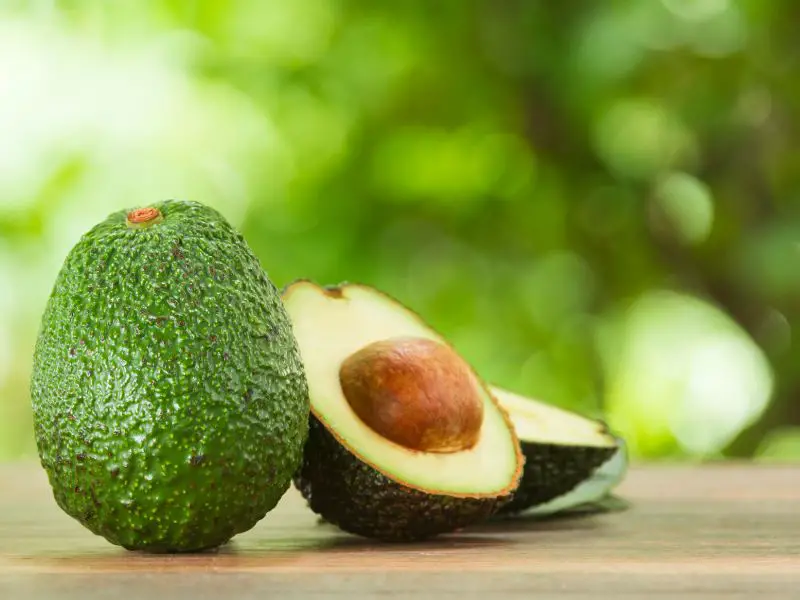
3. Cranberries
Cranberries are among the most sought-after superfoods due to their ability to prevent cancer, boost immunity, and lower the incidence of urinary tract infections (UTIs). Conversely, Cranberries enter the list of most small sustainable fruits owing to their controversial production practices.
Most of the time, the pesticides used to grow cranberry bog hurt nearby streams and rivers, making them unsafe for people and animals to drink. The loss of wetlands is another thing that makes cranberry farming impossible to keep up. Some farmers turn natural wetlands into bogs, which means the loss of wildlife and biodiversity.
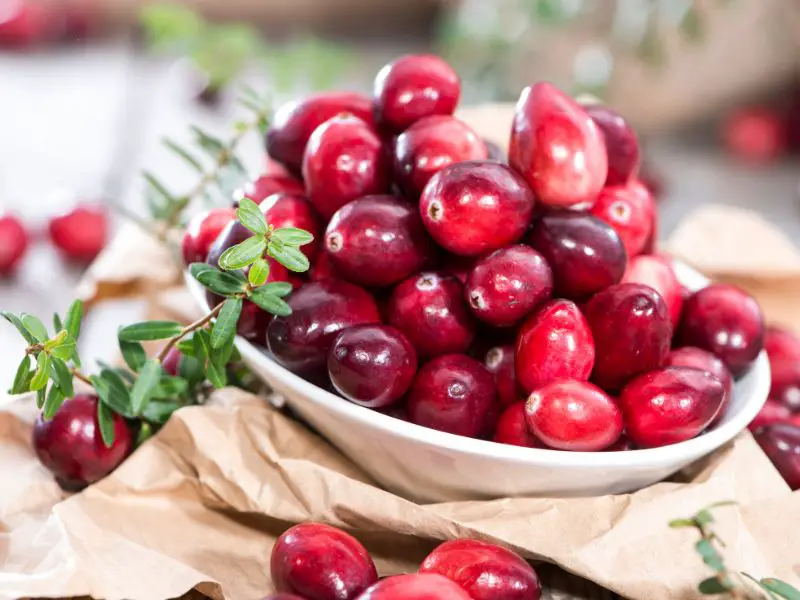
4. Pineapples
Many things make pineapple farming unsustainable, but cutting down many trees is at the top of the line. Pineapples often need a lot of space to grow well, so trees and bushes may be cut down to make room for pineapple farms. These trees are important because they give shade to the soil and help it stay warm.
Without the trees, the soil gets cold quickly. Thus, it takes longer for the pineapples to grow. Also, cutting down these trees breaks down the carbon compounds they hold in the soil, which contributes to global warming.
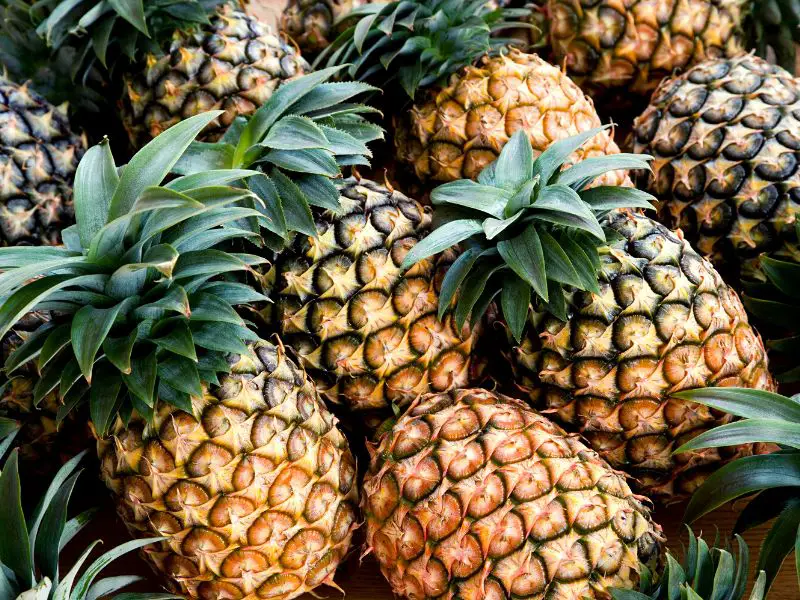
5. Papayas
Papayas are well-known for their excellent nutritional content, which has led to their worldwide popularity. However, the biggest concern with papayas is the tree’s sensitivity to diseases, which frequently leads to increased pesticide use.
Deforestation is another major issue contributing to papaya’s unsustainable status. This is because farmers sometimes move to ‘greener’ land when the nutrients in their original land run out. Cutting down trees to assist papaya growth has become widespread in top-producing nations, emphasizing the need for improved agricultural methods.
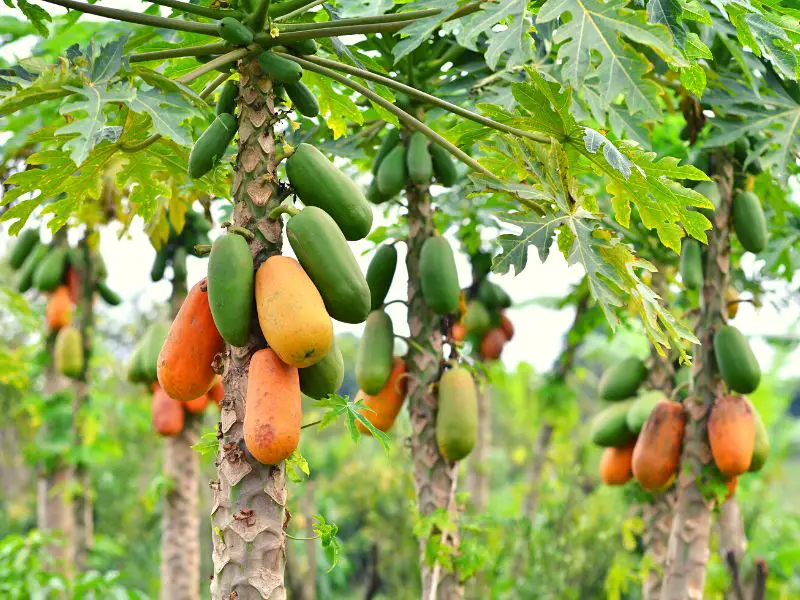
6. Strawberries
Strawberries do not need a great deal of water, nor do they leave a significant carbon impact. However, the poor sustainability rating of strawberries is due to their production methods.
When preparing their fields for planting, strawberry producers often use vast quantities of harmful gases and pesticides to eliminate weeds and pests.
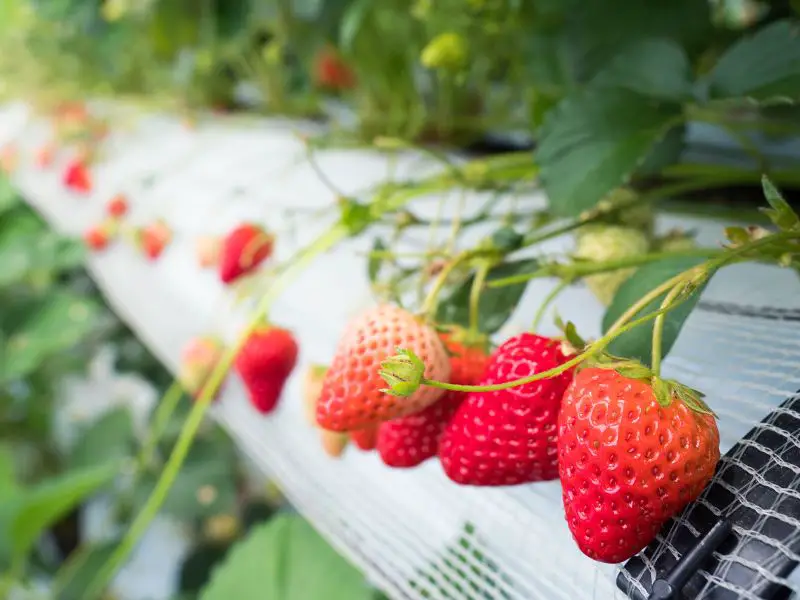
7. Tangerines
Most tangerine orchards are planted in California, Mexico, Israel, the United Arab Emirates, and some parts of Africa. Tangerines are quite popular and widely eaten around the world. The demand for tangerines has played a major role in creating a global industry that centers on tangerine farming.
Tangerines also rank high on the harmful environmental impact list. Their top concern is the amount of waste produced during harvesting.

8. Peaches
Peaches are high in minerals, vitamins, and other plant elements, according to Healthline. While not the most environmentally damaging fruit, peaches have a significant water footprint, which explains their unsuitability in places with limited water supplies.
Small-scale peach cultivation will have little to no negative environmental effects. However, as farmers strive to boost productivity and meet market demands, they also increase their use of pesticides and fertilizers.
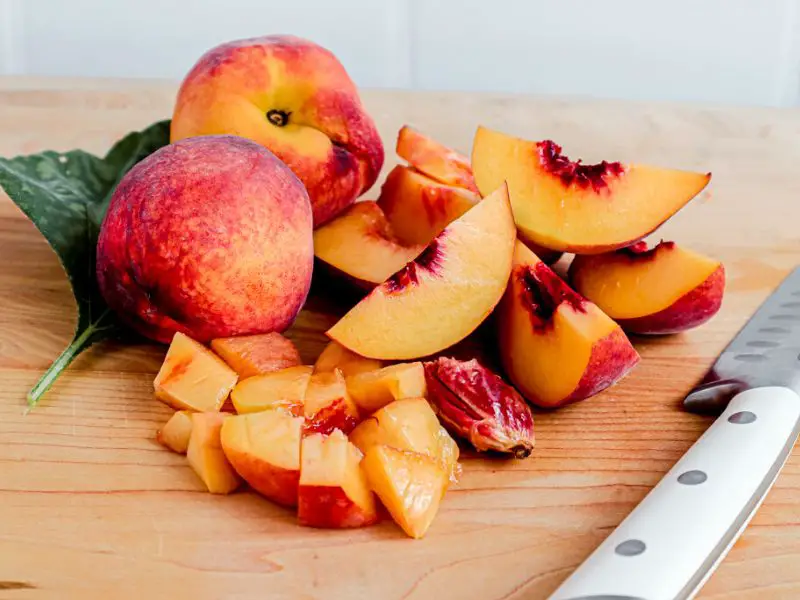
10. Cherries
Cherries are one of the most popular stone fruits in the world. They are cultivated in tropical and subtropical regions across the globe. Cherries are widely consumed for their sweet flavor in desserts and as a snack.
Cherry trees require a large amount of water to thrive, so there are concerns that both cherry production and water use have risen haphazardly in recent decades. Cherries also face significant concerns about their environmental impact due to concerns over deforestation in South America.
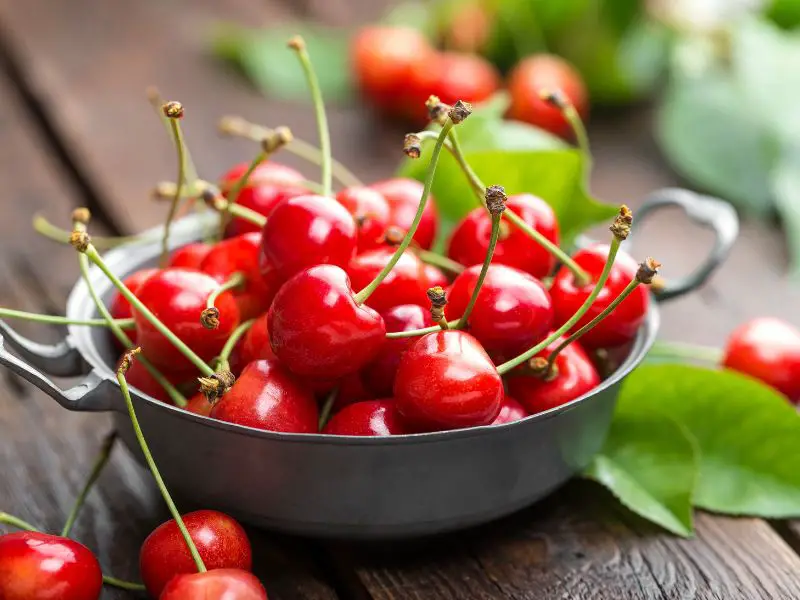
11. Raspberries
Raspberries provide many health benefits and a very comforting taste, which explains why raspberries are among the top fruit crops grown in the United States. However, because raspberries require a high amount of nutrients to grow healthily, their cultivation requires a significant amount of fertilizers and pesticides. Raspberries rank high on the harmful environmental impact scale because their cultivation requires a lot of water. This unnecessary water use is a major problem for countries like India, which are suffering from water scarcity and climate change issues.
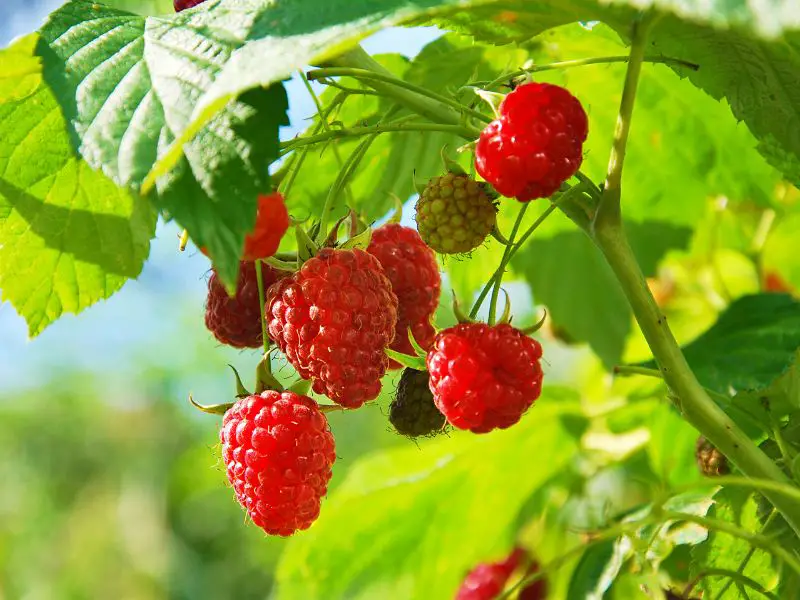
Author’s Note
No matter how healthy and delicious these fruits and vegetables are, we need to think again about our diet’s sustainability. Is it worth damaging our planet for a few bananas or avocados? Buying organic local produce or even growing your own fruit, will usually be the best option.
The environment has suffered enough from humanity’s relentless expansion. Now it’s time to start backing off and preserving what we already have. Without a doubt, you have to do what’s suitable for the planet and your family, but you don’t have to go hungry doing it.
Related: Designing a Permaculture Garden, Sustainable Agriculture, 10 Most Powerful Superfoods


1 thought on “10 Worst Fruits for the Environment”